Besides the famous ancient Thach Tu or Hang Pagoda, in Tuy Phong there is another ancient pagoda with beautiful natural scenery and many legends.
That is Phap Vo Pagoda, which locals often call Mep Stone Pagoda or Mop Stone Pagoda. Because this ancient pagoda was built on Da Mep Mountain in Vinh Hao Commune, Tuy Phong District. According to the elders here, this is probably one of the oldest pagodas in the South.
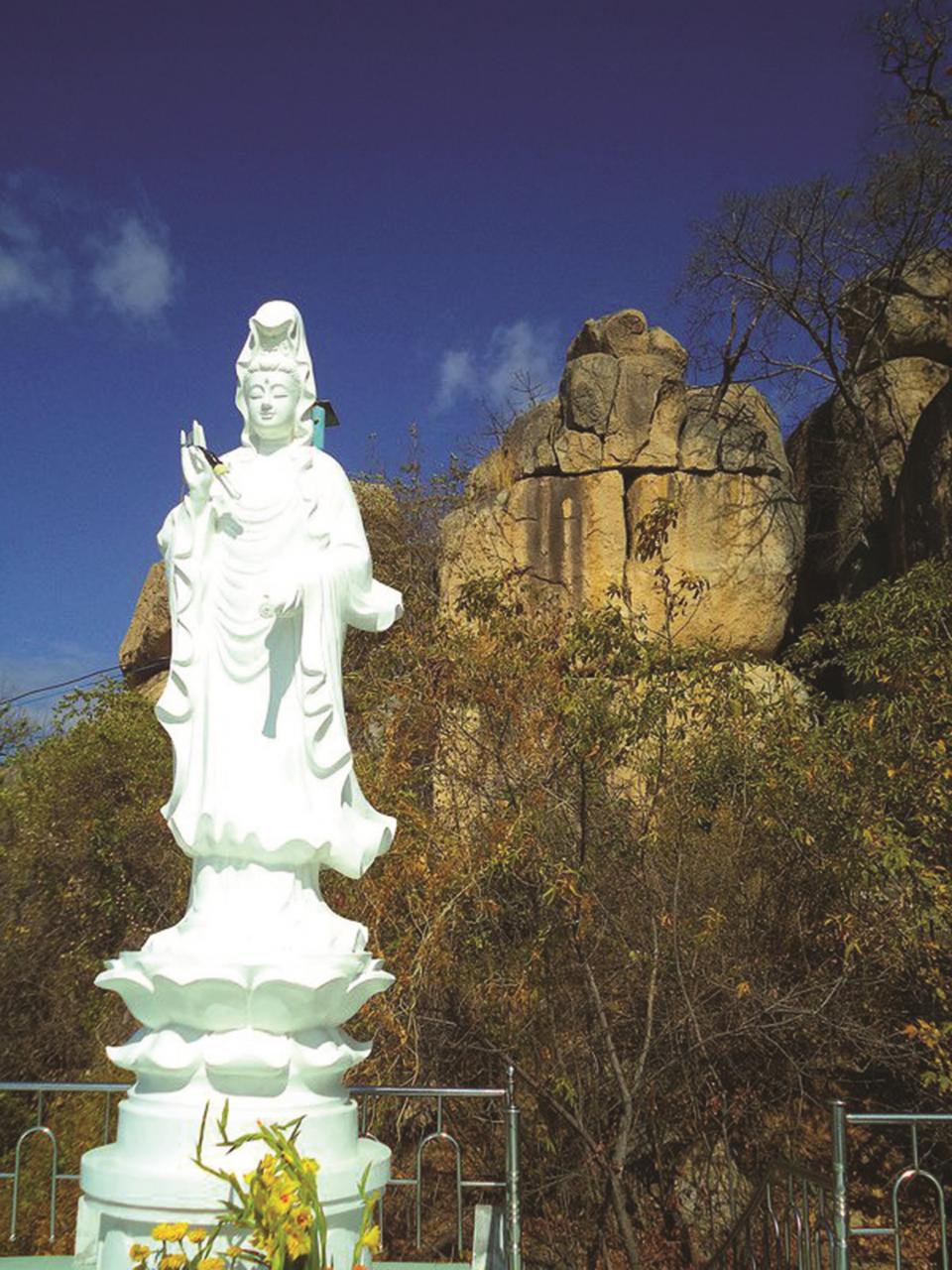
About 15 km northwest of Lien Huong town, Tuy Phong district, Phap Vo pagoda (commonly called Da Mep pagoda) is a place with many beautiful landscapes that captivate people's hearts. From the turnoff of Vinh Hao mineral water company, looking west along the trail, driving for about 40 minutes, we will reach the pagoda. The road to the pagoda is quite beautiful with a range of strangely shaped rocky mountains, as if arranged by human hands. One of them has a rectangular stone block lying across, popularly called Ba Doi Duon. There is a story that the Cham princess was involved in a love story and many thrilling stories associated with this stone statue. What surprises and impresses us is why the stone statue is standing in the middle of the sky and the stone weighing hundreds of tons is lying across the stone pillar that has remained unchanged for thousands of years.
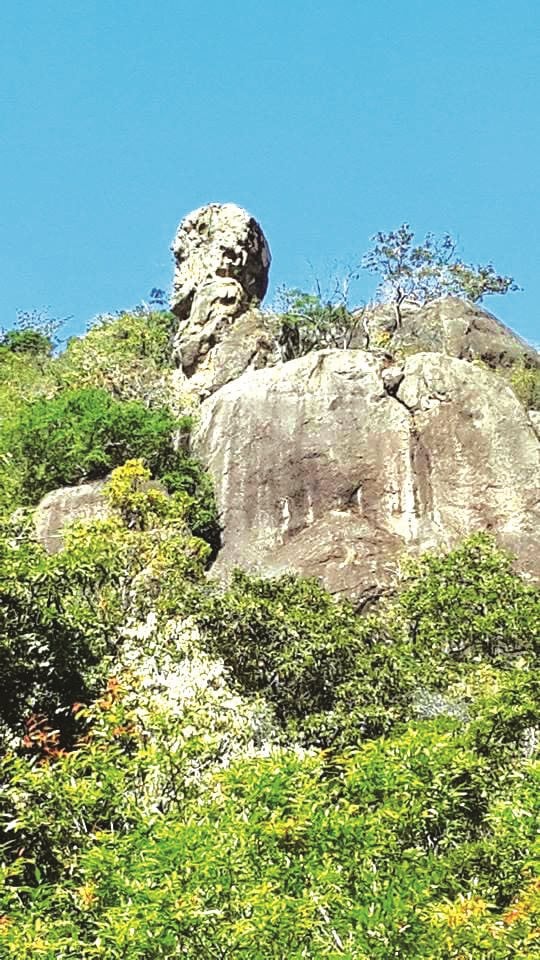
Da Mep Pagoda is not very large, but the surrounding landscape is poetic and majestic. The main hall worships Buddha Shakyamuni, Bodhisattva Avalokiteshvara and many other Buddhas. The pagoda also has a shrine to Quan Thanh De Quan and smaller caves to worship different gods. In front of the pagoda is a large standing statue of Quan Am.
It is said that today's Da Mep Pagoda was founded by the founder Dat Bon around 1735. The founder Dat Bon was the 38th generation of the Lam Te sect and the 4th generation of Thanh Luong Pagoda (Quy Nhon - Binh Dinh). He had 4 disciples: Vinh Tuong, Vinh Hao, Vinh Quang and Vinh Minh. Around 1735, he passed on Thanh Luong Pagoda to his great disciple Vinh Tuong and then traveled to the South to practice Buddhism. In 1737, his disciple Vinh Hao was falsely accused and exiled to an area near the lower reaches of the river. Legend has it that in the past, there was a pair of snakes here that occasionally appeared at night, so people named it Snake Stream. This pair of snakes had red combs like chicken combs, were very large in size, and often lived in the stream, then passed by the pagoda and lay still when listening to the monk reciting sutras. In 1740, Vo Vuong Nguyen Phuc Khoat ascended the throne and issued an amnesty to the people. Because he was good at medicine, Mr. Vinh Hao stayed in this land to practice medicine to cure people. In early 1743, Mr. Vinh Hao went up to Suoi Ran to find medicinal herbs and accidentally met his teacher, the founder Dat Bon, in a thatched hut on the mountainside. Behind the thatched hut was a small mountain cave that is now called the ancestral cave of Da Mep. After that meeting, the founder Dat Bon handed over the thatched hut to his disciple Vinh Hao and continued his journey to the South. Mr. Vinh Hao practiced here for 2 years and then passed away. The villagers admired his virtue and named this land Vinh Hao until today.
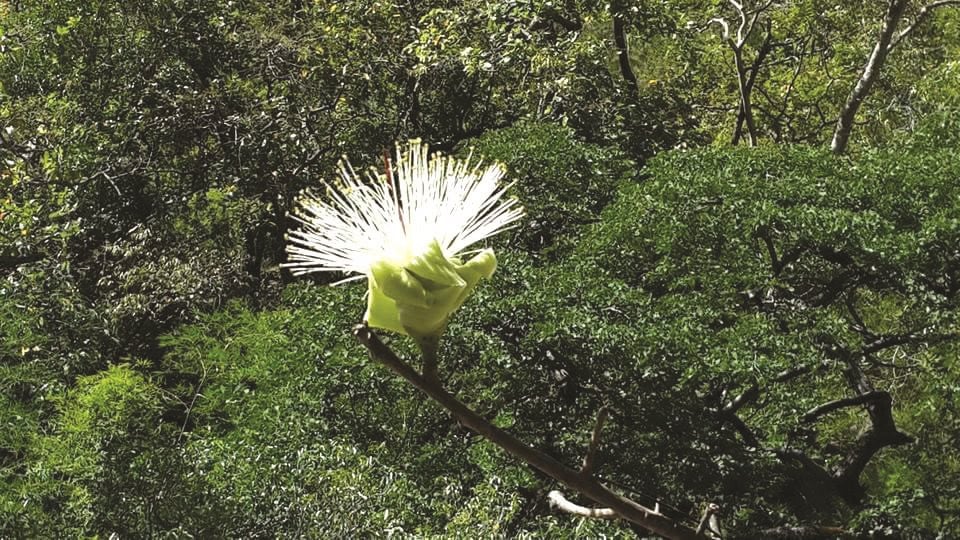
Previously, when we made a film about La Ba land, a revolutionary place of the army and people of Tuy Phong, Venerable Thich Tri Hue - abbot of Thien Tuong pagoda said: the place name La Ba is related to Da Mep pagoda at that time. Because in the language of the people, La Da means stream, La Ba means snake, so this land was previously called La Da La Ba, which means Snake stream. Later, when the revolutionary base was formed, people simply called it La Ba.
After a very long time from 1755 onwards, no great person came to live in seclusion and practice. The Snake Stream area became wild and mysterious. The stories about the pair of divine snakes here are still passed down among the people.
When his teacher, Venerable Thich Nhu Kinh, told him the old story and legend about the founder Vinh Hao, in 1953, Venerable Thich Ngo Tinh of Thien Tuong pagoda set out to find the old traces and was very lucky to find Da Mep cave again. The old place was still there, the old thatched hut was no longer there. The mountains were still mysterious in the morning mist and from then on the temple bell echoed in the wind and in the rain.
In 1957, the pagoda began to be gradually rebuilt and named Da Mep Pagoda. The reason for its name is because on the mountain range there is a large rock lying down from above with the shape of a kneeling person. That rock created a very large cave and that cave is the ancestral cave where the founder of the pagoda is worshiped.
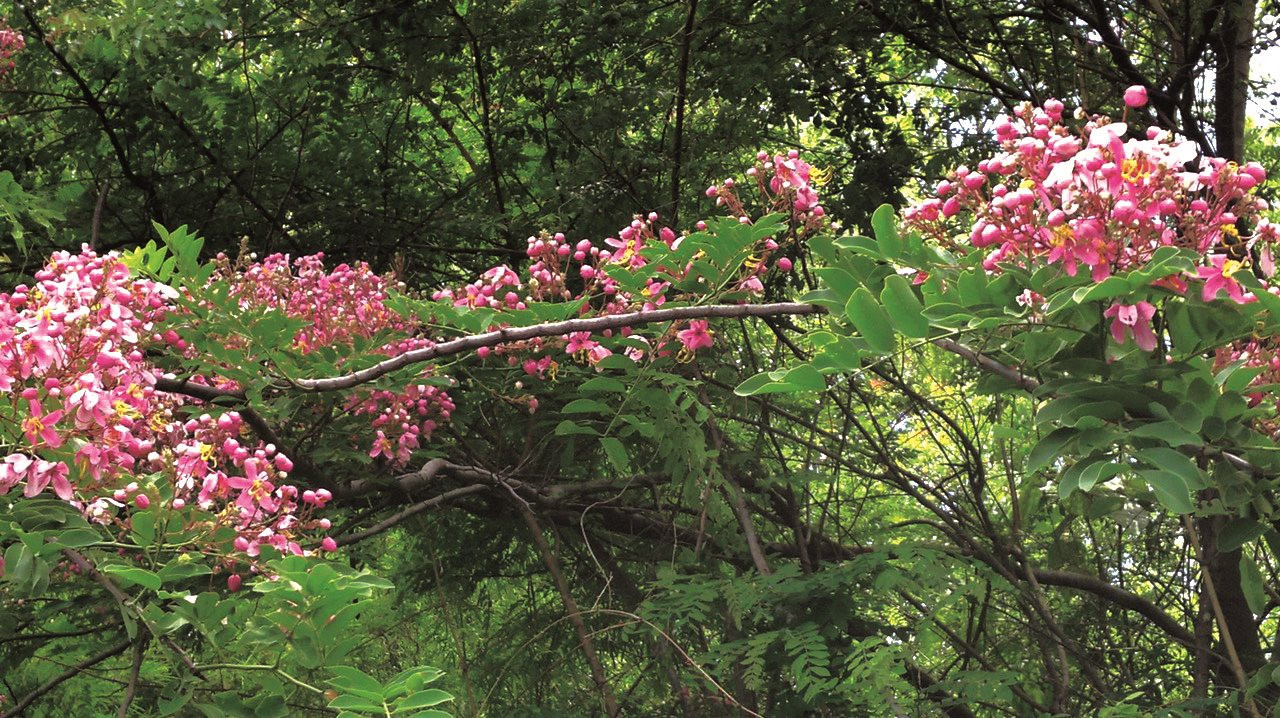
Standing at the pagoda, looking to the East, we can see the vast salt fields, the waves of Sut Gate and the green Cu Lao Cau under the cloudy sky. Looking up, the scenery is even more beautiful with large and small rocks stacked on top of each other to form mysterious, deep caves. The grass and trees are green thanks to the autumn rains, and the flowers and grass are blooming happily in the wind.
Da Mep Pagoda is beautiful, quiet and peaceful next to the undulating rocky mountains. Although Da Mep is not majestic, it is magnificent and solemn with the shape of a dragon and a tiger, the left is a green dragon, the right is a white tiger. Indeed, the ancients were also clever in choosing a place to practice. When coming here, we always have a feeling of true peace among the illusion, reality, good and evil of everyday life. When life is full of hustle and bustle, temptations, gossip, gains and losses, this is the place worth coming back to relax and find peace of mind.
Source


![[Photo] Opening of the 4th Summit of the Partnership for Green Growth and the Global Goals](https://vstatic.vietnam.vn/vietnam/resource/IMAGE/2025/4/16/488550ff07ce4cd9b68a2a9572a6e035)
![[Photo] Opening of the Exhibition on Green Growth](https://vstatic.vietnam.vn/vietnam/resource/IMAGE/2025/4/16/253372a4bb6e4138b6f308bc5c63fd51)
![[Photo] National Assembly Chairman Tran Thanh Man meets with Ethiopian Prime Minister Abiy Ahmed Ali](https://vstatic.vietnam.vn/vietnam/resource/IMAGE/2025/4/16/c196dbc1755d46e4ae7b506c5c15be55)
![[Photo] President Luong Cuong receives Ethiopian Prime Minister Abiy Ahmed Ali](https://vstatic.vietnam.vn/vietnam/resource/IMAGE/2025/4/16/504685cac833417284c88a786739119c)
![[Photo] President Luong Cuong meets 100 typical examples of the Deeds of Kindness Program](https://vstatic.vietnam.vn/vietnam/resource/IMAGE/2025/4/16/ce8300edfa7e4afbb3d6da8f2172d580)
![[Photo] Many practical activities of the 9th Vietnam-China border defense friendship exchange](https://vstatic.vietnam.vn/vietnam/resource/IMAGE/2025/4/16/3016ed3ef51049219574230056ddb741)





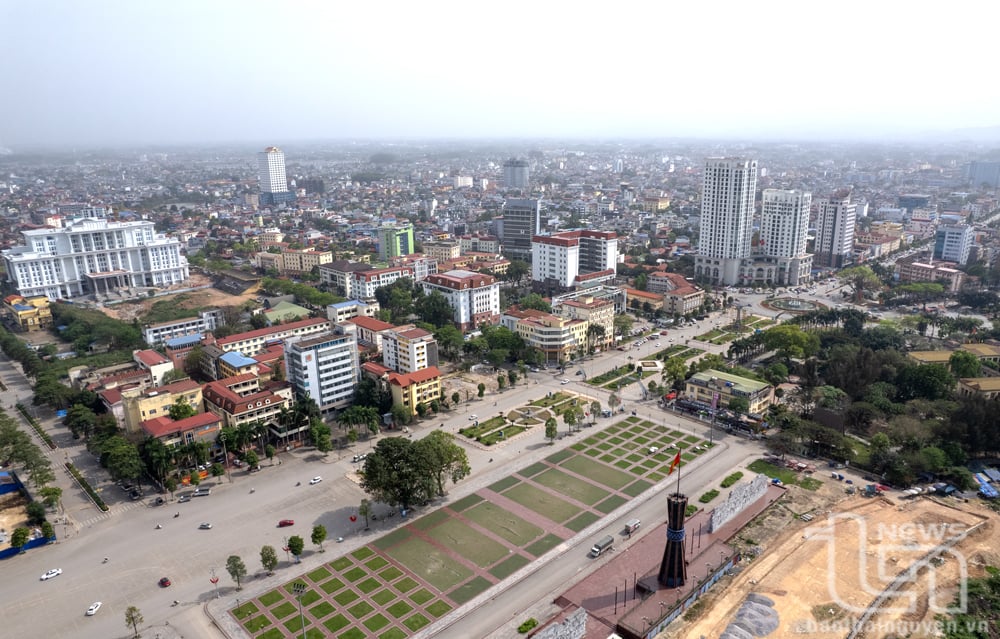

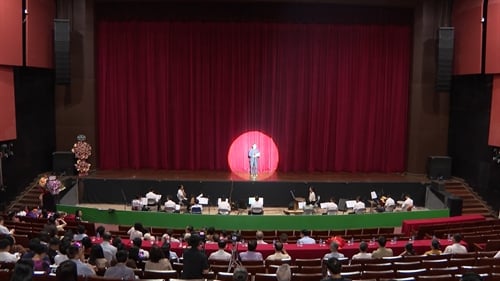













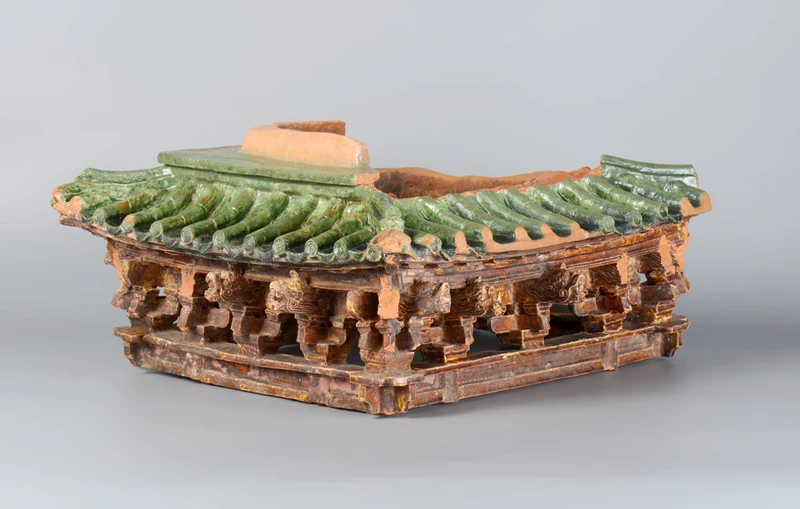



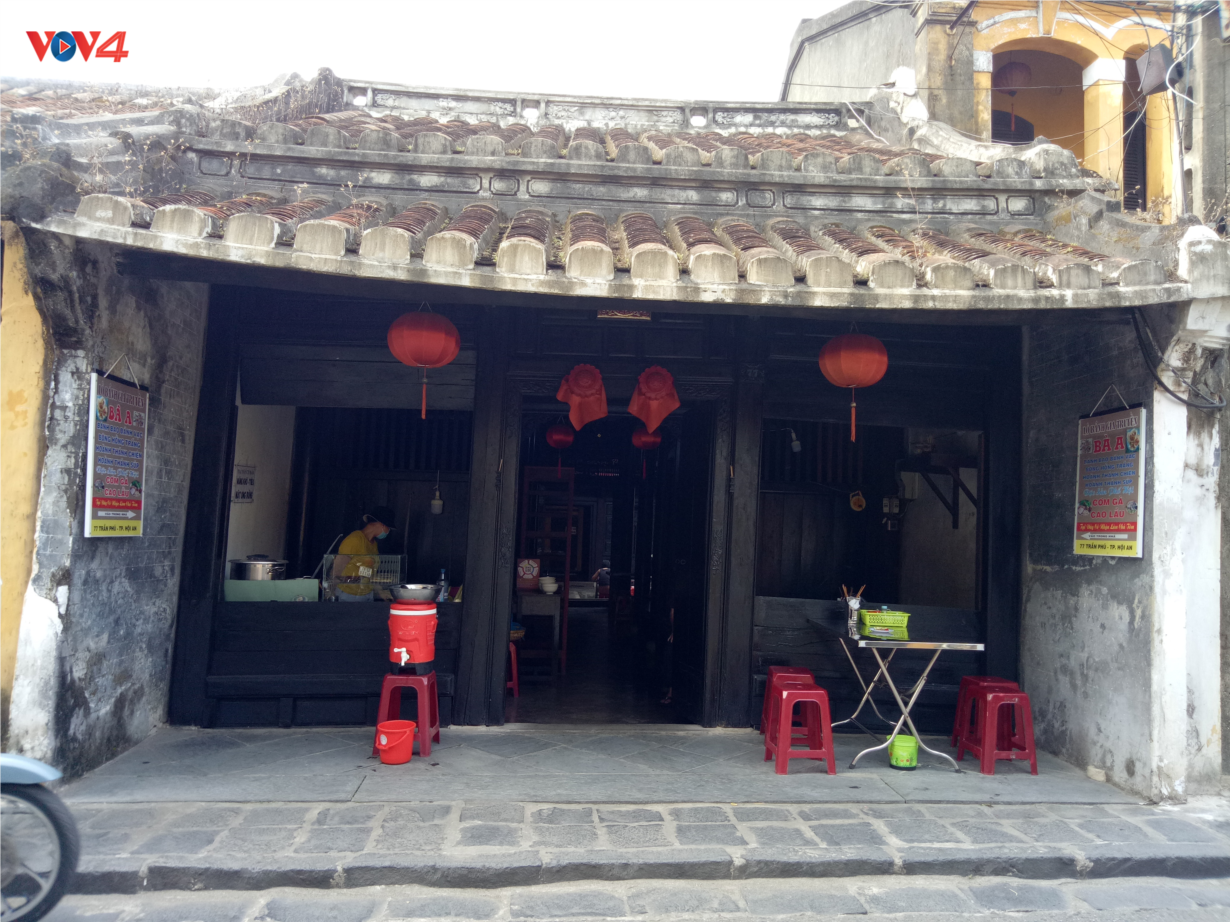

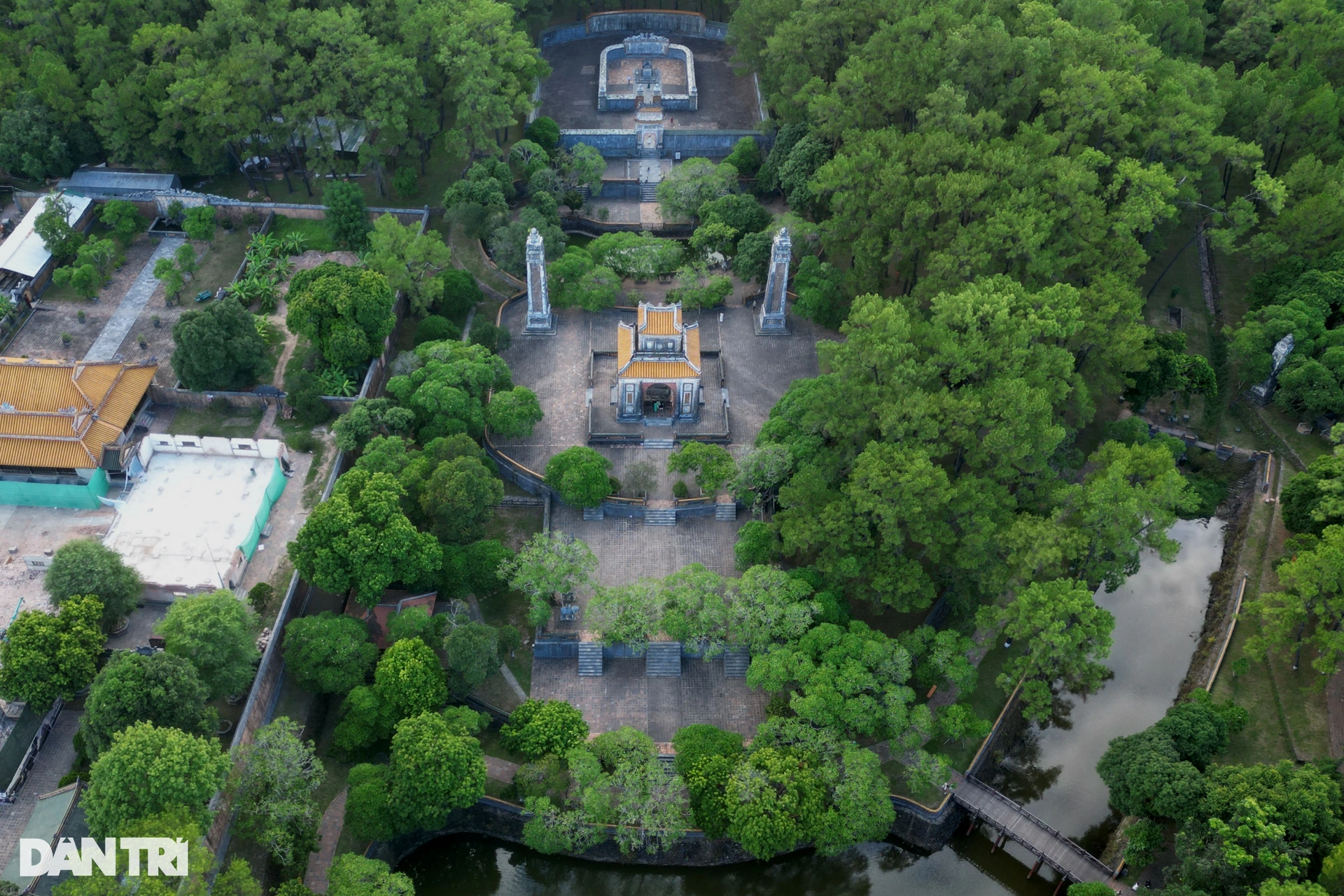





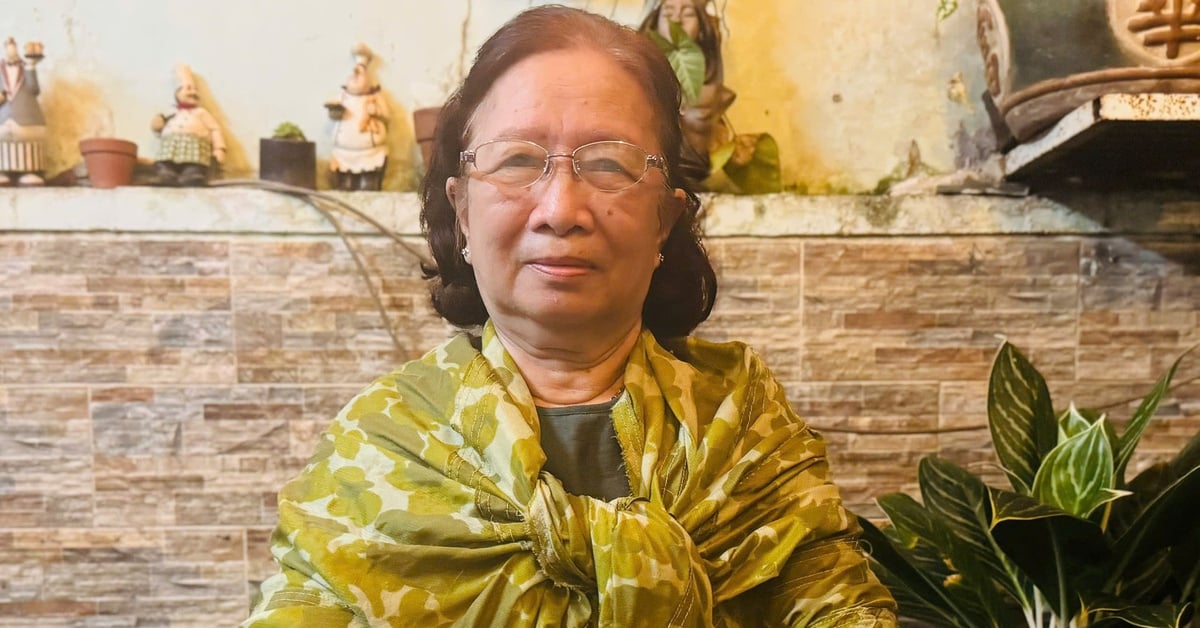

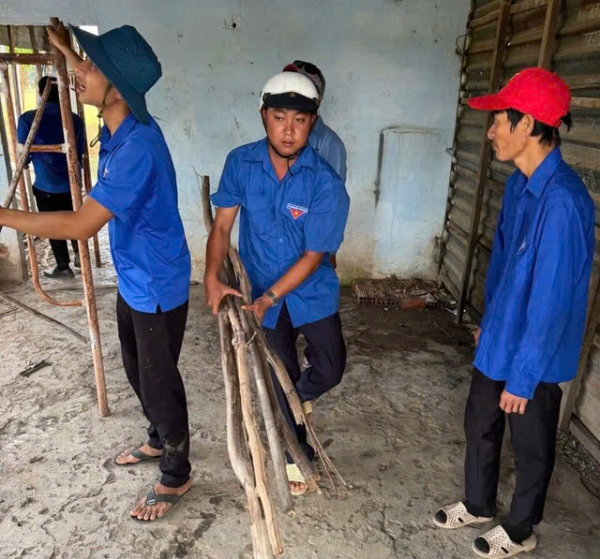



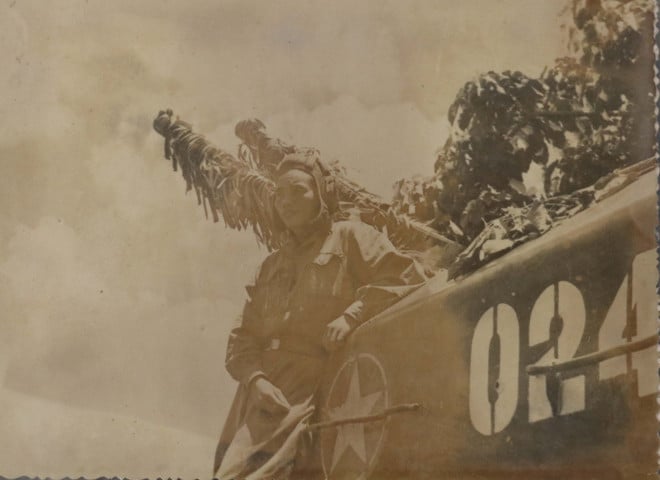
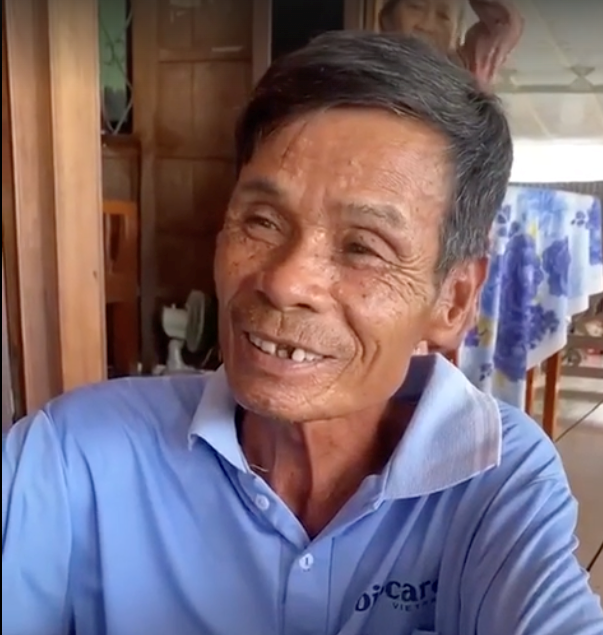



























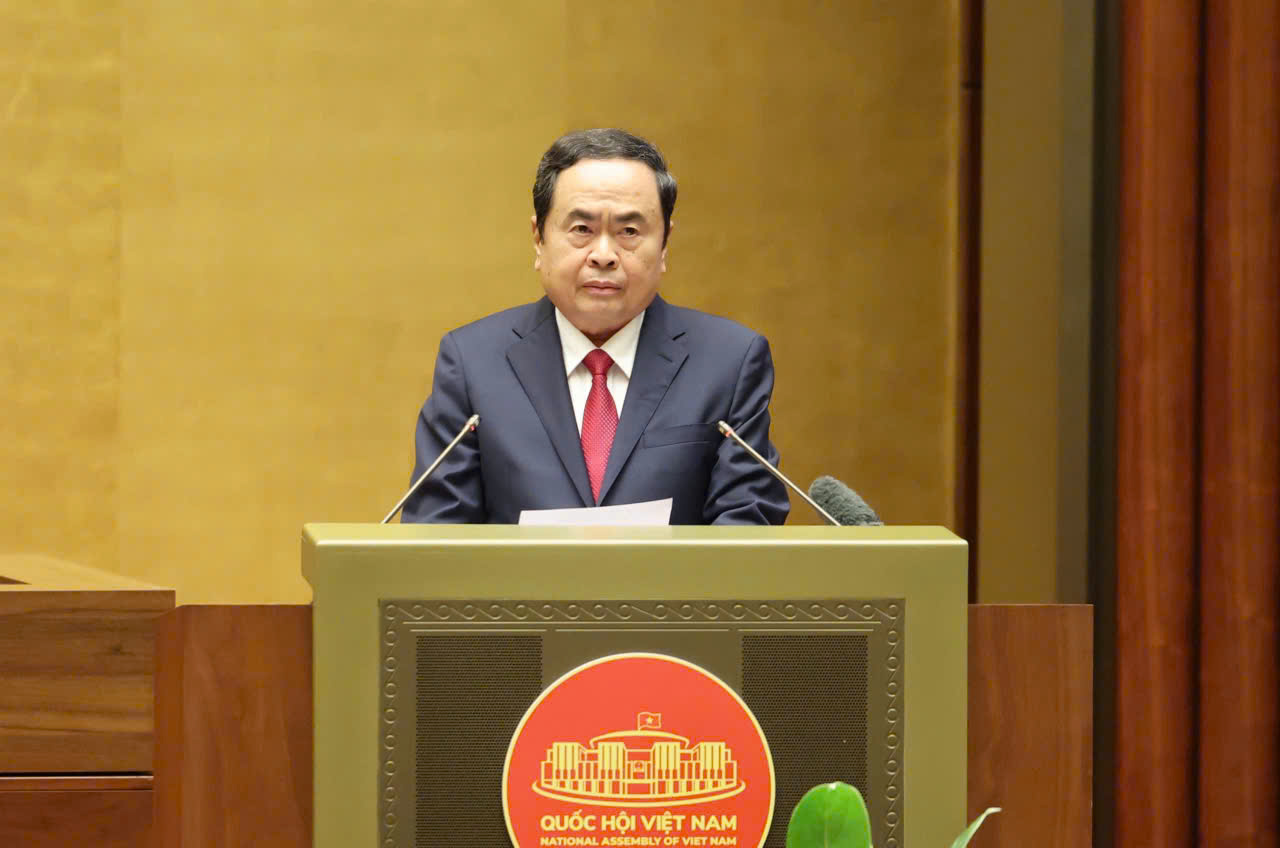

















Comment (0)